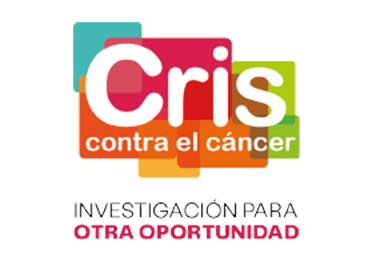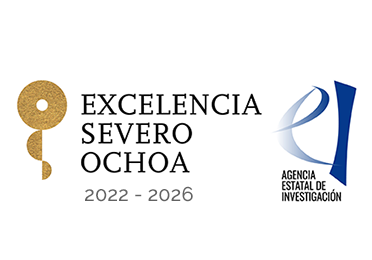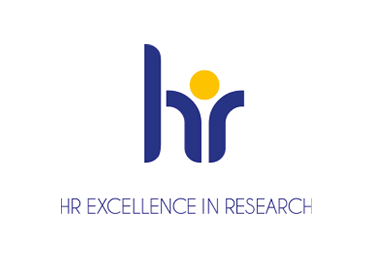
Source: ESMO
The ESMO Scale for Clinical Actionability of molecular Targets
A new scale for tumour DNA mutations which will simplify and standardise choices for targeted cancer treatment has been agreed by leading cancer specialists in Europe and North America. The scale, called ESCAT (ESMO Scale for Clinical Actionability of molecular Targets), is published this week in the Annals of Oncology (1). It aims to optimise patient care by making it easier to identify patients with cancer who are likely to respond to precision medicines, and help make treatment more cost effective.
“Doctors receive a growing amount of information about the genetic make-up of each patient’s cancer, but this can be difficult to interpret for making optimal treatment choices,” explains Professor Fabrice André, Chair of the ESMO Translational Research and Precision Medicine Working Group who initiated this project. “The new scale will help us distinguish between alterations in tumour DNA that are important for decisions about targeted medicines or access to clinical trials, and those which aren’t relevant.”
The new grading system classes alterations in tumour DNA according to their relevance as markers for selecting patients for targeted treatment, based on the strength of clinical evidence supporting them (Tier I-V, Table 1). It is the first time that a classification has been developed that is relevant to all potential targeted cancer medicines, not just those that have been approved for use by national regulatory bodies. The classification also enables mutations to be upgraded or downgraded in response to newly available data.
“For the first time, ESMO has created the tools to make it clear what data are needed for a mutation to be considered actionable and how this may change in response to new clinical data,” says Dr Joaquin Mateo, lead author of the paper, Principal Investigator of the Prostate Cancer Translational Research Group from the Vall d’Hebron Institute of Oncology, Barcelona, Spain.
“The scale focuses on the clinical evidence for matching tumour mutations with the drugs we have in our clinics and gives us a common vocabulary for communication between clinicians, and for explaining potential treatment benefits to patients,” he continues.
As ESMO disseminates ESCAT into clinical practice, it is hoped that cancer centres and laboratories will start to routinely include Tier I-V grading of genomic mutations in patients’ clinical and laboratory reports and discuss results at tumour boards and clinics.
“If one mutation is Tier I and another is Tier III, it is important that everyone understands the need to prioritise the Tier I mutation in determining the patient’s treatment and implementing precision medicine,” Mateo points out.
ESCAT will also make it easier for clinicians and patients to discuss the results of multigene sequencing. More and more patients are offered a multigene sequencing nowadays. Current testing techniques frequently show that many of the genes in a patient’s tumour are mutated but it is unclear which are relevant to treatment decisions. By using the scale to show which alterations are relevant, it becomes easier to identify and agree the right treatment for the right patient.
“ESCAT will bring order to the current jungle of mutation analysis so that we all speak the same language for classifying mutations and prioritising how we use them to enhance patient care,” concludes André.
###
Table 1. ESCAT grading system for cancer treatment decision-making
| Readiness for use in clinical practice | Current examples of genomic alterations | |
| Tier I (I-A, I-B, I-C) | Targets ready for implementation in routine clinical decisions | HER2 in breast cancer BRCA1/2 in ovarian and breast cancer
EGFR, ROS1/ALK in NSCLC TRK, PD1 in multiple cancers BRAF in metastatic melanoma |
| Tier II (II-A, II-B) | Investigational targets likely to define patients who benefit from a targeted drug, but additional data needed | PTEN pathway (PIK3CA, AKT1)
|
| Tier III (III-A, III-B) | Clinical benefit previously demonstrated in other tumour type or for similar molecular targets | BRAF in non-melanoma cancers
PALB2 and other non-BRCA DNA repair mutations |
| Tier IV (IVA, IVB) | Preclinical evidence of actionability | Hypothetical targets for future clinical testing |
| Tier V | Evidence supporting co-targeting approaches | PIK3CA in ER+, HER- breast cancer |
| Tier X | Lack of evidence for actionability |
NSCLC= non-small cell lung cancer
Notes to Editors
(1) Mateo J, Chakravarty D, Dienstmann R et al. A framework to rank genomic alterations as targets for cancer precision medicine: The ESMO Scale for Clinical Actionability of molecular Targets (ESCAT). Annals of Oncology 2018; https://doi.org/10.1093/annonc/mdy263
About ESMO
ESMO is the leading professional organisation for medical oncology. With 18,000 members representing oncology professionals from over 150 countries worldwide, ESMO is the society of reference for oncology education and information. ESMO is committed to offer the best care to people with cancer, through fostering integrated cancer care, supporting oncologists in their professional development, and advocating for sustainable cancer care worldwide. www.esmo.org










